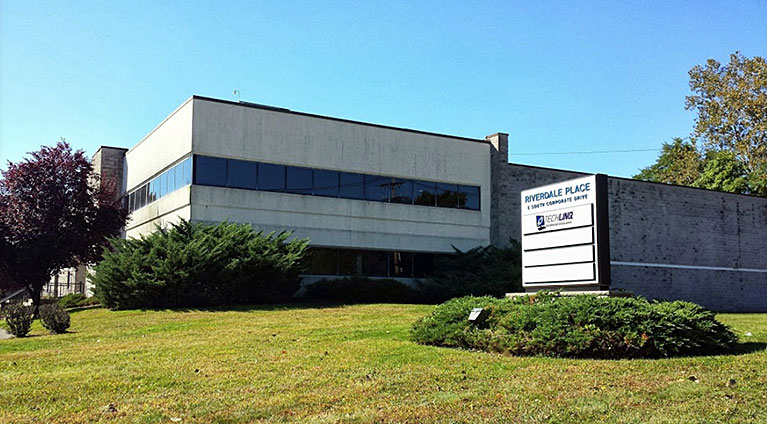
Technology is an integral part of any business. The problem this presents is that technology ages and eventually needs to be replaced. With the sheer volume of new systems and hardware components being introduced on a daily basis, it can be daunting to determine whether you should upgrade or not.
Here are five signs that you should consider when making a decision to update your business’s hardware, software, and/or infrastructure.
- 1. Replacement parts are difficult to find for your existing technology…
Computers, servers, and even mobile devices are made up of a number of components that rely on other parts in order to operate properly. If one breaks down, there is a good chance that the whole system will stop working. For many newer pieces of hardware and systems, replacements are easy to come by. But, if something breaks and you are having trouble finding replacement parts then it might be a good idea to consider upgrading.
Typically, parts that are more difficult to find are usually going to cost more when you can actually find them. While this may be ok for one system, if you have two or more using the same components there is a good chance that these will also need to be replaced in the near future, leading to increased costs. - 2. Repair cost outweighs replacement cost…
Some hardware components, like motherboards, can only be repaired by experts with highly specialized skills. What this means is that should this hardware break, you will likely be facing a fairly high repair or component replacement bill. What we recommend is to always get a quote on how much it will cost to repair your broken hardware first. If the cost of repair is even close to the cost of replacement, the benefits of the enhanced performance and capabilities of the new system usually make it a better option. - 3. You are running ‘legacy’ systems…
Legacy systems are computers and technology deemed to be old by experts. For example, computers running Windows XP, or computers purchased before the release of Windows 7 would be considered legacy systems. While these may be working like a charm now, they will eventually break down. When this happens, you will see higher repair costs when compared with new technology. Beyond replacement costs is the fact that many manufacturers and software developers have stopped supporting older systems. This means that should an error occur, you will not necessarily be able to get support from the company who made the hardware. This can lead to significant repair delays and lost productivity.
Now, not every “old” system will need to be replaced right away. What we recommend is talking to a professional firm, like TECHLINQ. We can help you determine if your older systems do actually need to be replaced, and suggest affordable alternatives. - 4. Hardware performance or stability is impeding productivity…
If you or your employees are struggling to complete work because of constant computer crashes, or slow systems, overall productivity will be impacted. Should you notice this in your office, it is a good idea to look into upgrading your systems in order to enable employees to do their jobs properly. - 5. Your systems don’t meet minimum requirements…
If you are going to install an upgrade or new software or systems that require other hardware components, be sure to look at the minimum requirements. Almost every piece of software indicates which requirements must be met in order for the software to work.
If your systems don’t meet these recommended (not minimum) requirements, then the software won’t work properly. Should they meet them, but just barely, the software will work but it won’t work as well as it could. Should you not meet the requirements, you will need to upgrade your hardware.
Looking to upgrade? Need some advice on how you can keep your current systems working optimally? Contact us today to learn more about TECHLINQ Support and how we can help.



